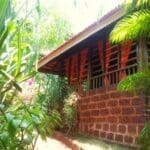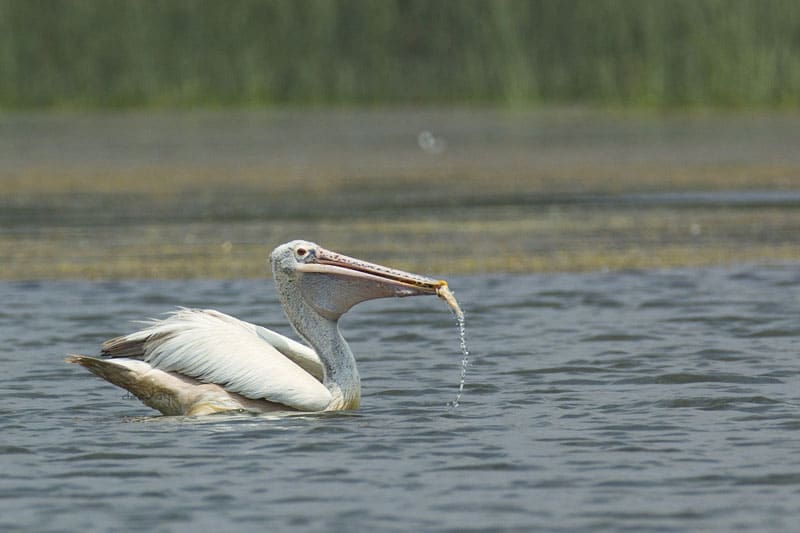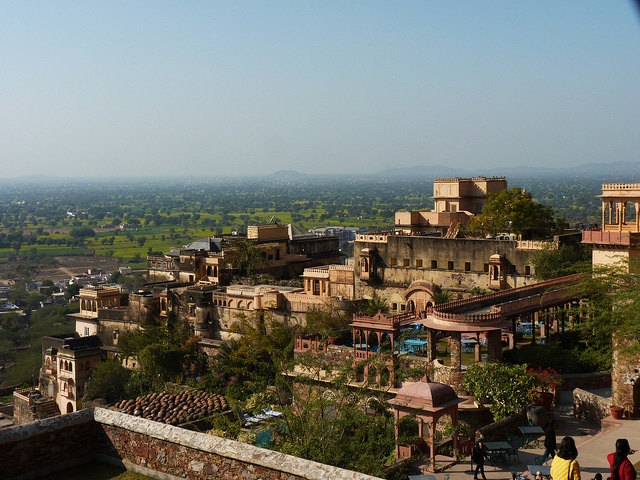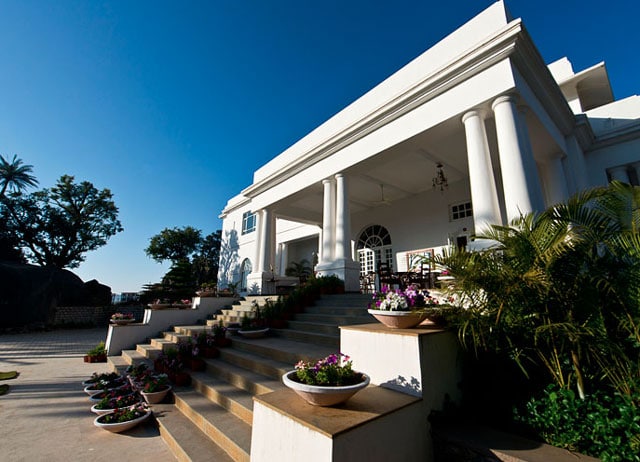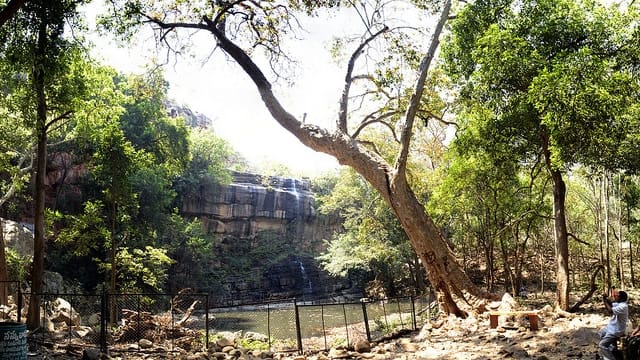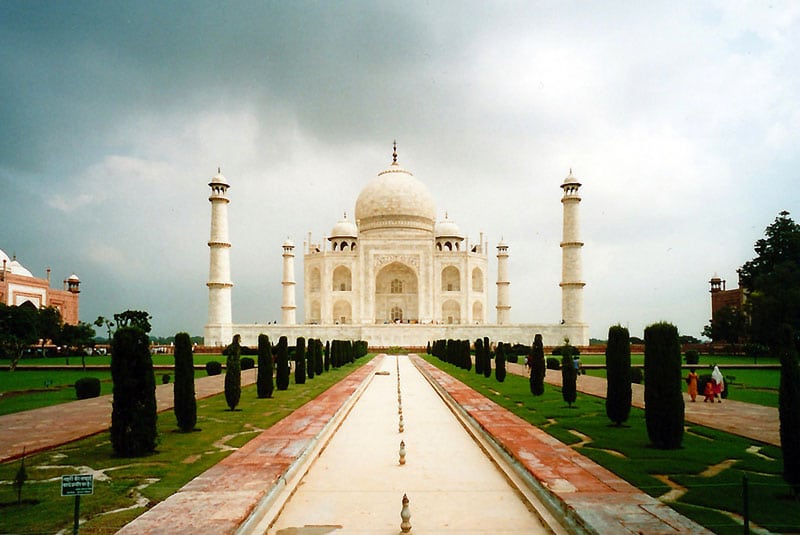Ropar, also known as Rupnagar, is a historical town nestled in the Indian state of Punjab. Steeped in rich cultural heritage and scenic beauty, Ropar offers a plethora of attractions for travelers seeking a blend of history, nature, and spirituality. Let’s delve into the top five places to visit in Ropar and uncover the charm this town has to offer.
1. Ropar Archaeological Museum
History and Significance
The Ropar Archaeological Museum, established in 1998, stands as a testament to the rich history of the region. It houses a remarkable collection of artifacts dating back to the Harappan civilization, making it a significant archaeological site in India. The museum’s exhibits include pottery, seals, sculptures, and coins, providing invaluable insights into the life and culture of the ancient inhabitants.
Things to Do
Visitors to the Ropar Archaeological Museum can embark on a fascinating journey through time as they explore the various galleries and displays. Highlights of the museum include intricately crafted Harappan pottery, seals bearing ancient scripts, and sculptures depicting daily life during that era. Guided tours are available for those seeking a deeper understanding of the artifacts and their historical context.
Accessibility and Timings
Conveniently located in the heart of Ropar town, the museum is easily accessible by road. It remains open from Tuesday to Sunday, from 10:00 AM to 5:00 PM, welcoming history enthusiasts and curious travelers alike. The museum’s central location makes it a must-visit destination for anyone interested in unraveling the mysteries of ancient civilizations.
2. Anandpur Sahib
A Spiritual Haven
Anandpur Sahib, often referred to as the “City of Bliss,” holds immense spiritual significance for Sikhs worldwide. Founded by Guru Tegh Bahadur Sahib, the ninth Sikh Guru, it is a place of pilgrimage and devotion. The city is particularly renowned as the birthplace of the Khalsa Panth, established by Guru Gobind Singh Ji in 1699.
Must-Visit Attractions
Anandpur Sahib is home to several iconic gurdwaras and historical monuments that attract devotees and tourists alike. The majestic Anandpur Sahib Fort, perched atop a hill, offers panoramic views of the surrounding landscape. Takht Sri Kesgarh Sahib, one of the five Takhts in Sikhism, holds special significance and is thronged by pilgrims seeking blessings.
How to Reach
Anandpur Sahib is located approximately 30 kilometers from Ropar and can be easily reached by road. Visitors can hire taxis or avail of bus services from Ropar town to reach this spiritual haven. The journey itself is a scenic delight, with lush greenery and picturesque vistas along the way.
3. Bhakra Nangal Dam
Engineering Marvel
The Bhakra Nangal Dam, a symbol of India’s engineering prowess, is one of the largest gravity dams in the world. Built across the Sutlej River, it serves multiple purposes, including irrigation, hydroelectric power generation, and flood control. The dam’s construction in the 1960s marked a significant milestone in India’s quest for water management and development.
Scenic Delights
Apart from its engineering significance, the Bhakra Nangal Dam offers visitors breathtaking views of the vast reservoir and surrounding landscapes. The shimmering waters against the backdrop of the Himalayas create a mesmerizing sight, perfect for photography enthusiasts. Visitors can also indulge in activities like boating, fishing, and picnicking in the serene surroundings.
Best Time to Visit
The post-monsoon season, from October to March, is considered the best time to visit Bhakra Nangal Dam. During this period, the weather is pleasant, and the water levels are high, enhancing the beauty of the reservoir. Visitors can enjoy the scenic beauty to the fullest and partake in various recreational activities offered at the dam site.
4. Sutlej River
Serene Riverside Retreat
The Sutlej River, one of the five major rivers of Punjab, winds its way through the picturesque landscapes of Ropar. The river’s serene banks offer a tranquil retreat for visitors seeking solace amidst nature’s bounty. Whether you’re a nature lover, an adventure enthusiast, or simply looking to unwind, the Sutlej River beckons with its scenic charm.
Water Sports and Activities
Adventurous souls can indulge in a variety of water sports and activities along the Sutlej River. Rafting, kayaking, and canoeing are popular among thrill-seekers, offering an adrenaline-pumping experience amidst the river’s rapids. For those seeking a more leisurely pace, boating and fishing are ideal options to explore the river’s beauty at a relaxed pace.
Wildlife Encounters
The Sutlej River basin is home to a diverse range of flora and fauna, making it a paradise for wildlife enthusiasts and bird watchers. Keep your binoculars handy to spot migratory birds, aquatic species, and other wildlife that inhabit the lush surroundings of the river. Birdwatching expeditions along the riverbanks offer a unique opportunity to connect with nature and appreciate its wonders.
5. Gurudwara Bhatta Sahib
Historical Reverence
Gurudwara Bhatta Sahib, located in Ropar, holds immense historical and religious significance for Sikhs. It commemorates the visit of Guru Hargobind Sahib, the sixth Sikh Guru, to the region during his travels. The gurudwara’s serene ambiance and architectural splendor attract devotees and tourists alike, seeking blessings and spiritual solace.
Spiritual Sojourn
Visitors to Gurudwara Bhatta Sahib can partake in the daily rituals and prayers conducted within its premises, immersing themselves in the divine atmosphere. The community kitchen, known as langar, offers a humble meal to all visitors, regardless of caste, creed, or religion, embodying the spirit of Sikhism’s egalitarian principles. The gurudwara’s tranquil surroundings provide the perfect setting for introspection and spiritual rejuvenation.
Festive Celebrations
Gurudwara Bhatta Sahib comes alive during Gurpurab, the birth anniversary of Guru Hargobind Sahib, when devotees gather to celebrate with fervor and devotion. The gurudwara resonates with the melodious hymns of the Guru Granth Sahib, processions, and langar seva, symbolizing the unity and communal harmony espoused by Sikhism. Visitors are welcome to join in the festivities and experience the vibrant culture and traditions of the Sikh community.
Conclusion
Ropar, with its rich tapestry of history, spirituality, and natural beauty, offers a captivating experience for travelers of all interests. Whether you’re exploring the ancient artifacts at the Archaeological Museum, seeking blessings at the sacred sites of Anandpur Sahib and Gurudwara Bhatta Sahib, or admiring the engineering marvel of Bhakra Nangal Dam, Ropar promises an unforgettable journey of discovery and enlightenment. Plan your visit to these top five places and immerse yourself in the cultural heritage and scenic splendor of this enchanting town.
Frequently asked questions (FAQs) about visiting Ropar (Rupnagar):
1. What is the best time to visit Ropar?
The best time to visit Ropar is during the winter months, from October to March, when the weather is pleasant and conducive for exploring the outdoors. However, some attractions, such as Bhakra Nangal Dam, can be visited year-round.
2. How can I reach Ropar?
Ropar is well-connected by road and rail. The nearest major railway station is Rupnagar Railway Station, which is located within the town. The nearest airport is Chandigarh International Airport, approximately 50 kilometers away. From there, you can hire a taxi or take a bus to reach Ropar.
3. Are there accommodations available in Ropar?
Yes, Ropar offers a range of accommodation options to suit various budgets and preferences. You can find hotels, guesthouses, and lodges in and around the town, providing comfortable stays for visitors.
4. What are some nearby attractions to explore?
Apart from the top five places mentioned, Ropar has several other attractions worth exploring. These include Virasat-e-Khalsa, a museum showcasing Sikh history and culture, and Chamkaur Sahib, a historical site associated with Sikh martyrdom.
5. Is it safe to travel to Ropar?
Ropar is generally considered safe for travelers. However, like any other destination, it’s advisable to take standard precautions and remain vigilant, especially when exploring unfamiliar areas or traveling alone at night.
6. Are there dining options available in Ropar?
Yes, Ropar offers a variety of dining options, ranging from local Punjabi cuisine to international fare. You can find restaurants, cafes, and street food vendors serving delicious meals throughout the town.
7. Can I visit Ropar with my family?
Yes, Ropar is a family-friendly destination with attractions suitable for visitors of all ages. Whether you’re interested in history, nature, or spirituality, there’s something for everyone to enjoy in Ropar.
8. Are there guided tours available in Ropar?
Yes, guided tours are available for various attractions in Ropar, including the Archaeological Museum and Anandpur Sahib. These tours provide informative insights into the history and significance of each site, enhancing the visitor experience.
9. What should I pack for my trip to Ropar?
When visiting Ropar, it’s advisable to pack according to the season and planned activities. For winter visits, pack warm clothing, while lightweight and breathable clothing is suitable for summer trips. Don’t forget essentials such as sunscreen, insect repellent, and comfortable walking shoes.
10. Are photography and videography allowed at the attractions in Ropar?
Yes, photography and videography are generally allowed at most attractions in Ropar. However, it’s always a good idea to check with the authorities or signage at each site to ensure compliance with any specific rules or restrictions regarding photography and videography.


